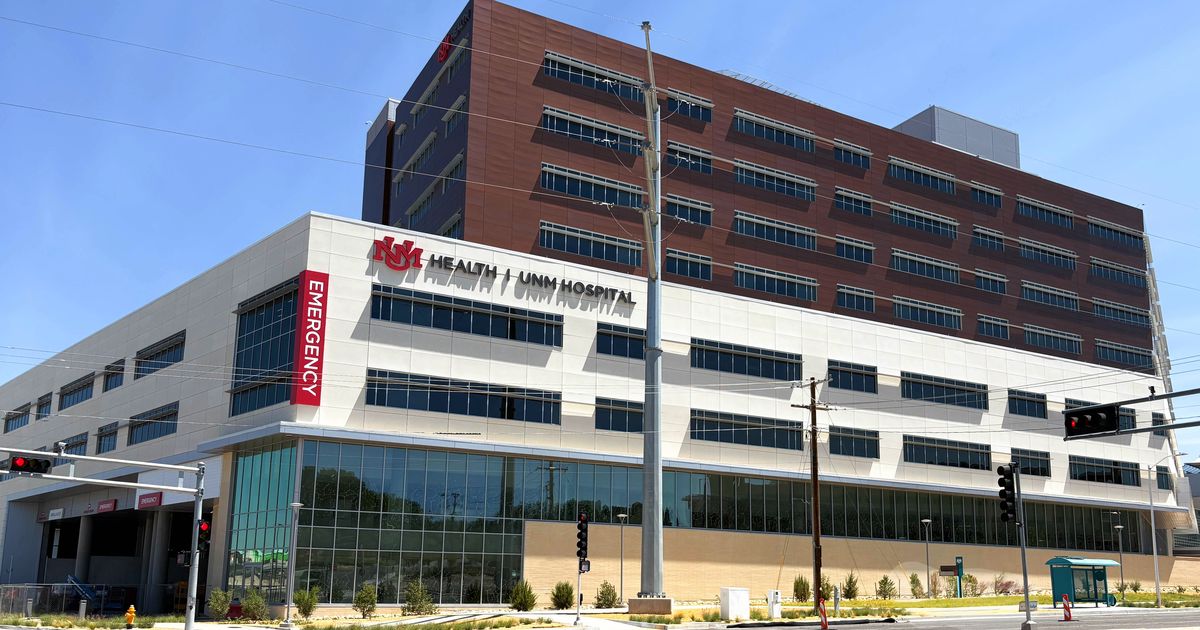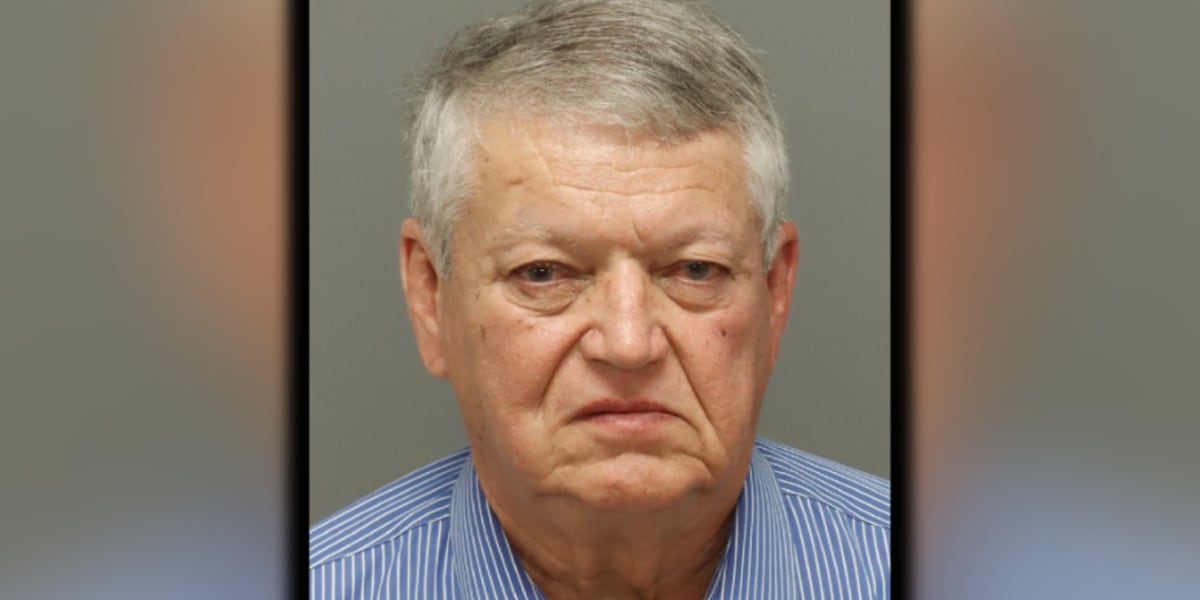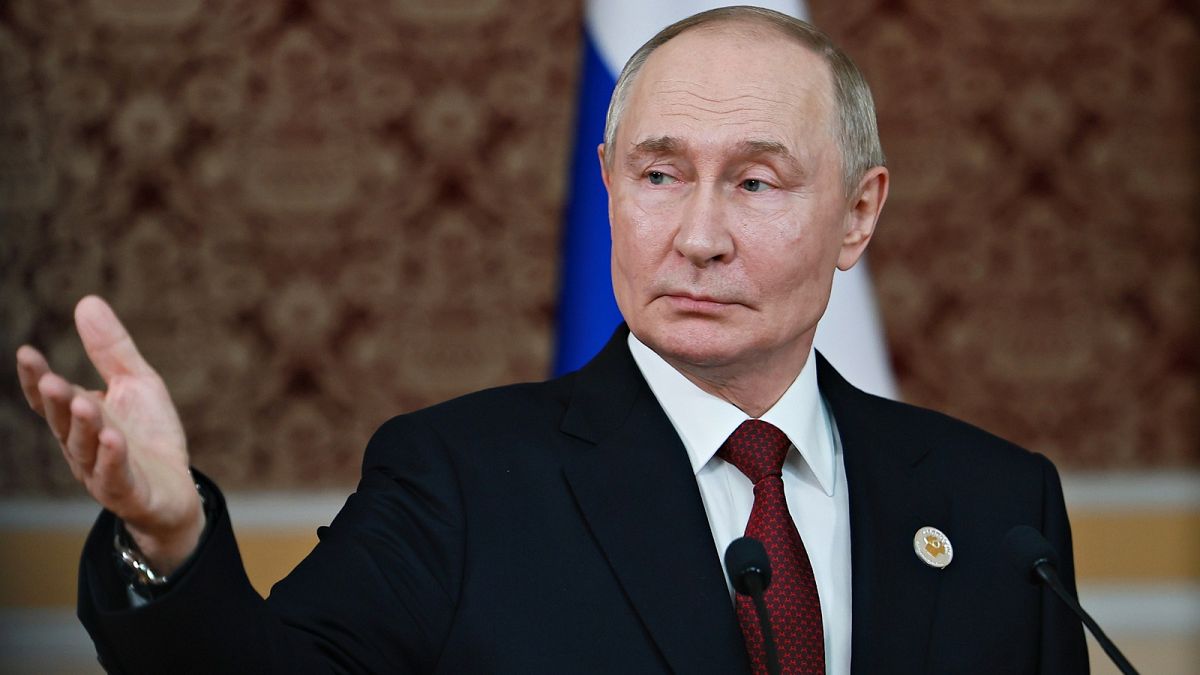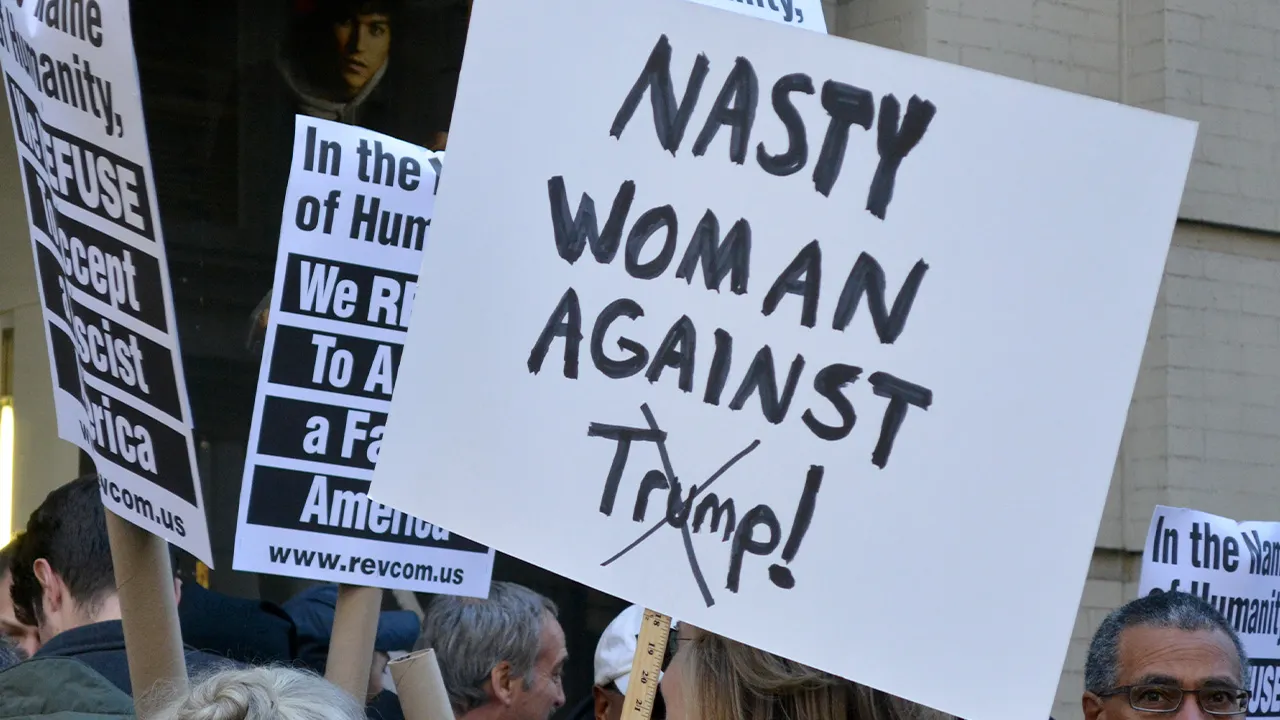Tens of thousands of health care workers are back at work after their union and Kaiser Permanente officials agreed to resume bargaining, ending a five-day strike at hundreds of hospitals across California, Oregon and Hawaii.
California
Extreme weather raises risk for California tomato growers

SAN FRANCISCO — Tommaso’s Restaurant in San Francisco’s North Beach serves up some of the most authentic Italian food outside of the “Bel paese.”
From the thin-crust pizza baked to perfection in a wood-fire brick oven that can be traced back to those used in ancient Rome, to the ample servings of home-cooked, marinara-drenched pasta, customers devour everything on the menu.
The secret is in the sauce.
“It’s so good. I don’t know what they put in it but it’s delicious,” exclaimed longtime customer Juliet Dwight.
Tommaso’s depends on a reliable supply of tomato sauce.
“This place without tomato sauce? We could close the doors. That’s how vital that product is for us,” explained owner Agostino Crotti
The recipe may be pure Italy but the tomatoes are all California. Tommaso’s uses lots of tomatoes — all grown and processed in the Central Valley.
“Sixty gallons a week of tomato sauce and about 10 cases of fresh tomatoes,” Crotti’s wife Anna said as she took a break from preparing sauce for the restaurant.
California’s tomato farmers are responsible for more than 95 percent of processed tomatoes in the United States. Of all the tomatoes grown commercially on earth, nearly 30 percent is grown in California. It’s a top agricultural commodity worth about $1.18 billion.
When it comes to tomatoes, California’s extreme weather is serving up some big trouble for restaurateurs like the Crotti Family.
“A lot of it has to do with the weather. It will be another really rough tomato season,” Crotti’s sister Carmen said.
Five years of drought have created a tomato shortage. Last year, an extreme heat wave late in the season shriveled tomatoes on the vine.
This year, heavy winter storms put Central Valley fields under water, preventing farmers from planting on schedule.
“There’s a lot of tomatoes in the ground right now but the real challenge is going to come at harvest time,” farmer Cannon Michael said.
Michael, a sixth-generation farmer, heads up the Bowles Farming Company near Los Banos.
Fresh market and processing tomatoes is the largest crop on his 11,000-acre farm.
“Our processing tomato crop is about a third of what we grow here,” Michael said.
In California, tomatoes are planted, harvested and processed according to a staggered, state-wide schedule.
“They start in the southern part of the valley where it gets hotter first and then the planting starts there and then it goes north,” Michael explained.
According to the California Tomato Growers Association, once harvested, the tomatoes are processed within six hours.
Eleven tomato processors operate 16 plants throughout the Central Valley. If the extreme weather continues, the impact could be crushing. There could be bottlenecks at the plants.
“We’re a little nervous about what might happen down the road,” Michael said.
Because of shortened planting season, a very unusual situation has cropped up. The nonprofit CTGA told KPIX that, instead of 28 percent of the crop being processed after mid-September, 50 percent of the state’s tomatoes will now get processed. That is an unusually large percentage so late in the season.
A lot can happen between then and now on the tomato fields and Michael remains optimistic. Even so, if there’s an extreme heat wave or rain event, these tomatoes simply can’t all be processed.
That could lead to shortages.
“I would anticipate that some of your favorite products you might have a hard time finding them in the stores,” Michael warned.
As for Tommaso’s, the Crottis have already seen a jump in prices. They can’t remember ever paying $1 for each fresh tomato they use for their dishes. As for the canned tomatoes, they’re using up last year’s supplies and they’re paying more for each gallon.
They can’t imagine passing on the costs to their customers. “No, we do not … We take the loss,” Anna Crotti insisted.
Many customers told KPIX that the staff at Tommaso’s is like family and the Crottis are grateful for their loyal customers.
“It sounds corny but we really are a family,” Carmen said.
“Global warming is making food supply more of a challenge. We hope for better times ahead,” said Agostino.
WEBLINKS
Tommaso’s Ristorante Italiano
Bowles Farming Company
California Tomato Growers Association

California
Kaiser Permanente health care workers back on job after five-day strike

Kaiser Permanente workers begin a five-day strike Tuesday outside of the health care giant’s Broadway campus in Oakland. The employees are back at work after agreeing to resume bargaining with Kaiser.
The strike began Tuesday, when thousands of health care workers from the United Nurses Associations of California/Union of Health Care Professionals at more than 500 Kaiser hospitals and clinics took to the picket lines, demanding safer staffing and better pay and benefits. In turn, their employer blasted the labor action as “unnecessary” and “disruptive.”
The labor action ended at 7 a.m. Sunday, according to a Kaiser Permanente spokesperson. Union and hospital officials confirmed that the two groups will resume economic discussions later this week and formally return to the national bargaining table on Oct. 28 and 29.
Article continues below this ad
“We stood strong for five days and made sure the world heard us,” UNAC/UHCP President Charmaine S. Morales said. “This strike wasn’t just about numbers on a contract — it was about the right to provide safe care to every patient who walks through those doors.”

Tens of thousands of health care workers hit the picket lines at more than 500 Kaiser Permanente hospitals, including the Broadway campus in Oakland.
The union represents registered nurses, pharmacists, nurse anesthetists, nurse practitioners, midwives, physician assistants, dieticians and other health care professionals. UNAC/UHCP is part of the Alliance of Health Care Unions, which negotiates contracts for 23 local unions, including UNAC/UHCP. The contracts for Kaiser workers in this local union expired Sept. 30 or Oct. 1.
The union says its bargaining team has met with Kaiser in good faith over several months to negotiate a new contract, but that Kaiser has resisted its proposals to raise pay and fix staffing issues. It says that while inflation has grown 18.5% since 2021, Kaiser’s wages have grown only 10%; as a result, it says the union’s members are behind their industry peers. The union is proposing a 25% wage increase over the next four years.
Union officials have also objected to unsafe staffing, scheduling pressures and burnout. State filings show more than 200 positions were cut across Kaiser Foundation Hospitals locations last month, from sites in Oakland, Pleasanton, San Leandro, Pasadena, Redwood City, Los Angeles, Riverside and San Diego. Kaiser has previously said these reductions primarily affected business functions and do not involve direct patient care.
Article continues below this ad
The hospital system says workers represented by the Alliance of Health Care Unions, which includes UNAC/UHCP, already earn 16% more than their peers. Kaiser has offered a 21.5% wage increase.

Contracts for tens of thousands of Kaiser Permanente workers, including these at the Broadway campus in Oakland, expired Sept. 30 and Oct. 1.
The strike comes as the Joint Commission, the national body that accredits health care organizations and programs, rolled out more robust guidelines this month that formally recognized staffing as a critical component of health care quality rather than primarily anoperational or budgetary concern.
Labor leaders were quick to point to the new standards, saying they showed “what nurses have known all along: Unsafe staffing is unsafe care,” Morales said. “Employers like Kaiser can no longer treat staffing like a budget line. It’s now a national patient safety mandate — and UNAC/UHCP will make sure it’s enforced.”
Article continues below this ad
In their own news release, Kaiser Permanente officials said they were resuming normal operations and thanked their front-line care teams, adding that when the two sides return to the bargaining table, the main focus will be on economic issues.
“While the Alliance has publicly emphasized staffing and other concerns, wages are the reason for the strike and the primary issue in negotiations,” the statement said. “At a time when the cost of health care continues to go up steeply, and millions of Americans are having to make the difficult choice to go without coverage, it’s critical that we keep quality, accessible health care coverage affordable — while attracting and retaining top talent and keeping Kaiser Permanente a great place to work and receive care. Our offer does all this.”
California
Police declare ‘unlawful assembly’ at downtown L.A. protest, use tear gas to disperse crowds

Police on Saturday evening declared an unlawful assembly and issued a dispersal order for a small portion of downtown Los Angeles next to the Metropolitan Detention Center where demonstrators from “No Kings Day” protests had converged.
Tense standoffs took place between police and the crowd in the area of Alameda Street and Aliso Street, with demonstrators accusing law enforcement of escalating tensions amid the carryover from peaceful daytime rallies.
“A dispersal order for the area of Alameda between Aliso and Temple has been ordered … All persons in the area of Alameda and Aliso/Commercial must leave the area,” the LAPD posted on social media at 6:55 p.m. “All persons in the area have 15 minutes to comply. If you remain in the area you may be subject to arrest or other police action.”
The day’s protests, which drew throngs of crowds in Southern California and across the nation, made pointed critiques of President Trump’s actions on transgender rights, foreign policy, the federal government shutdown, university funding and other matters. Protesters also took on the the the White House’s push to deport immigrants without legal authorization to be in the U.S. by undertaking raids in U.S. cities including Los Angeles. The Metropolitan Detention Center, a federal facility, has become a focal point over anti-ICE sentiment.
On Saturday, tensions grew around 7 p.m., after LAPD declared the unlawful assembly and began to press a line of protesters outside the facility. Police shot multiple nonlethal rounds, used tear gas and brought in a fleet of horses in an attempt to push back crowds.
By 8:30 p.m., protesters had largely abandoned their stand near the detention center while police tried to reestablish a line on the street in front of federal building.
As of 9 p.m., LAPD had reported no arrests.
California
Commentary: Is Pelosi getting ‘Bidened’? High drama in the scramble for her congressional seat

State Sen. Scott Wiener is a strategic and effective legislator who rarely lets emotion make his decisions — much like Nancy Pelosi, whose congressional seat he would like to take.
It has been a wide-open secret for years that Wiener wanted to make a run for federal office when or if Pelosi retired, but he’s also been deferential to the elder stateswoman of California politics and has made it equally clear that he would wait his turn in the brutal and parochial machine of San Francisco politics.
Until now.
The San Francisco Standard broke the news Thursday that Wiener is running on the 2026 ballot, though he has yet to formally announce.
It is news that shocked even those deep in the dog-eat-dog world of S.F. politics and ignited the inevitable news cycle about whether Pelosi (who was instrumental in removing President Biden from the 2024 race for age-related issues) is being Bidened herself. It also ensures a contentious race that will be nationally watched by both MAGA and the progressive left, both of which take issue with Wiener.
Oh, the drama.
Take it for what you will, but a few months after having hip replacement surgery, Pelosi is (literally) back in her stiletto heels and raising beaucoup dollars for Proposition 50, the ballot initiative meant to gerrymander California voting maps to counteract a GOP cheat-fest in Texas.
Yes, she’s 85, but she’s no Joe. She is also, however, no spring chicken. So the national debate on whether Democrats need not just fresh but younger candidates has officially landed in the City by the Bay, though Wiener remains both practical and polite enough to not frame it that way.
He’ll leave that to the journalists, who have hounded Pelosi for months to announce whether she will seek another term, a question she has declined to directly answer. Instead, her team has focused on the looming election for Proposition 50 and said any announcement on her future has to wait after the ballots are counted.
To be fair to Pelosi, she’s gone all-in to both fundraise and campaign for the redistricting effort, and its passage is essential to Democrats having even a shot at winning back any power in the midterms.
If Prop. 50 fails, there is no non-miracle path, except perhaps an unexpected blue wave, through which Democrats can retake a chamber. So Nov. 4 isn’t an arbitrary date. It will determine if there is any possibility of checking Trump’s power grab, and preserving democracy. Personally, I don’t fault Pelosi for being engaged in that fight.
To also be fair to Wiener, his decision to announce now was probably driven more by money and political momentum than by Pelosi’s age.
That’s because Pelosi already has a challenger — the ultra-wealthy progressive Saikat Chakrabarti, a startup millionaire who served as Alexandria Ocasio-Cortez’s campaign manager during her first upset win for Congress in 2018. Chakrabarti has long been an antagonist to Pelosi, and recently announced his candidacy, positioning himself as a disrupter.
In 2019, before the House impeached Trump over his questionable actions involving Ukraine, Chakrabarti tweeted, “Pelosi claims we can’t focus on impeachment because it’s a distraction from kitchen table issues. But I’d challenge you to find voters that can name a single thing House Democrats have done for their kitchen table this year. What is this legislative mastermind doing?”
Chakrabarti, who was born the year before Pelosi was first elected to Congress in 1987, has self-funded his campaign with $700,000 and has the financial ability to spend much more. Wiener, in his on-the-down-low shadow campaign, has raised a bit over $1 million, not nearly enough. The primary will be in June and it will be expensive.
Though we have yet to reach Halloween, a stroll down the aisles of any big box store can tell you that Christmas is neigh, a season when fundraising becomes harder — putting pressure on Wiener to raise money as quickly as possible before the winter freeze.
Add to that pressure the fact that Chakrabarti has political skills and growing popularity. He was the tech architect behind a successful push to activate volunteers for both AOC and Bernie Sanders.
An internal poll released a few months ago (and any internal poll must be viewed skeptically) showed Chakrabarti drawing 34% of voters to Pelosi’s 47%. His numbers increased as voters learned more about him — a few have even compared him to New York’s socialist wonder-kid Zohran Mamdani, currently running for mayor against Andrew Cuomo.
The problem with that is that Wiener is not Cuomo. He’s a progressive himself, and one with an established track record of getting stuff done, often progressive stuff.
I’ve watched him for years push ambitious agendas through the statehouse, including bills where I would have bet against him.
Most recently, he wrote the state’s ban on cops, including ICE, wearing masks. Although the feds have said they will ignore the new law, recently signed by Newsom, and it will almost certainly end up in court, it is a worthy message to send about secret police in America.
Wiener also this term passed a controversial housing bill that will increase density around transit hubs, and spearheaded a bill to regulate artificial intelligence.
In past terms, he has successfully forced insurance companies to cover mental health the same way they cover physical health; pushed large companies to disclose their climate impact; and been one of the major proponents of “YIMBY” policies that make it easier to build housing.
He has also passed numerous laws protecting immigrant and LGBTQ+ rights, which has made him a favorite target of the far right. He has received death threats on a regular basis for years, including one from an anti-vaxxer who was convicted on seven counts in 2022 after threatening Wiener and being found in possession of weapons. Wiener doesn’t have Pelosi’s charisma, but he has receipts for getting the job done and handling the vicious vitriol of modern politics.
Unlike Chakrabarti, Wiener has also been a part of San Francisco’s insular community for decades, and has his own base of support — though he is considered a moderate to Chakrabarti’s progressiveness. This is where San Francisco gets wonderfully weird. In nearly any other place, Wiener would be solidly left. But some of his constituents view him as too developer-friendly for his housing policies and have criticized his past policies around expanding conservatorships for mentally ill people.
But still, a recent poll done by EMC research but not released publicly found that 61% of likely primary voters have a favorable opinion of Wiener. That vastly outpaces the 21% that said the same about Chakrabarti or even the 21% who liked Pelosi’s daughter, Christine Pelosi, who has also been mentioned as a possible successor.
Which is all to say that Wiener is in a now-or-never moment. He has popularity but needs momentum and cash. The Democratic Party is in a mess, and the old rules are out the window, even in San Francisco.
So waiting for Pelosi had become a little bit like waiting for Godot, a self-imposed limbo that was more likely to lead to frustration than victory.
-
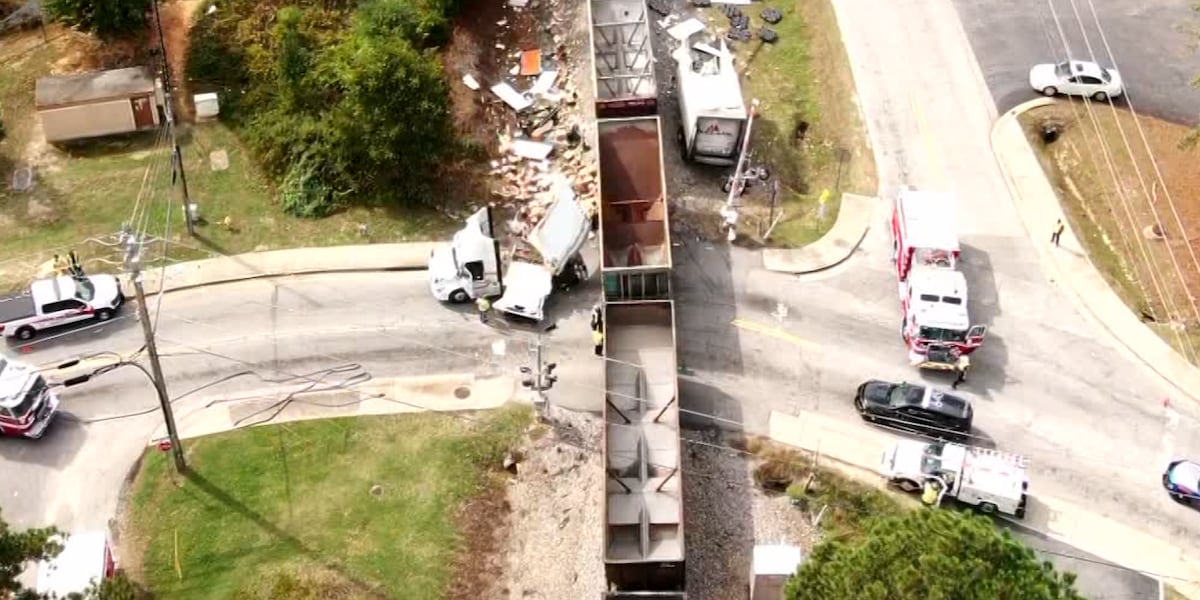
 Augusta, GA1 week ago
Augusta, GA1 week ago‘Boom! Blew up right there’: Train slams into semi in Grovetown
-

 Alaska6 days ago
Alaska6 days agoMore than 1,400 seeking shelter as hundreds wait to be evacuated after catastrophic Western Alaska storm, officials say
-

 Education1 week ago
Education1 week agoVideo: 3 Former College Teammates Reunite on Rangers Coaching Staff
-
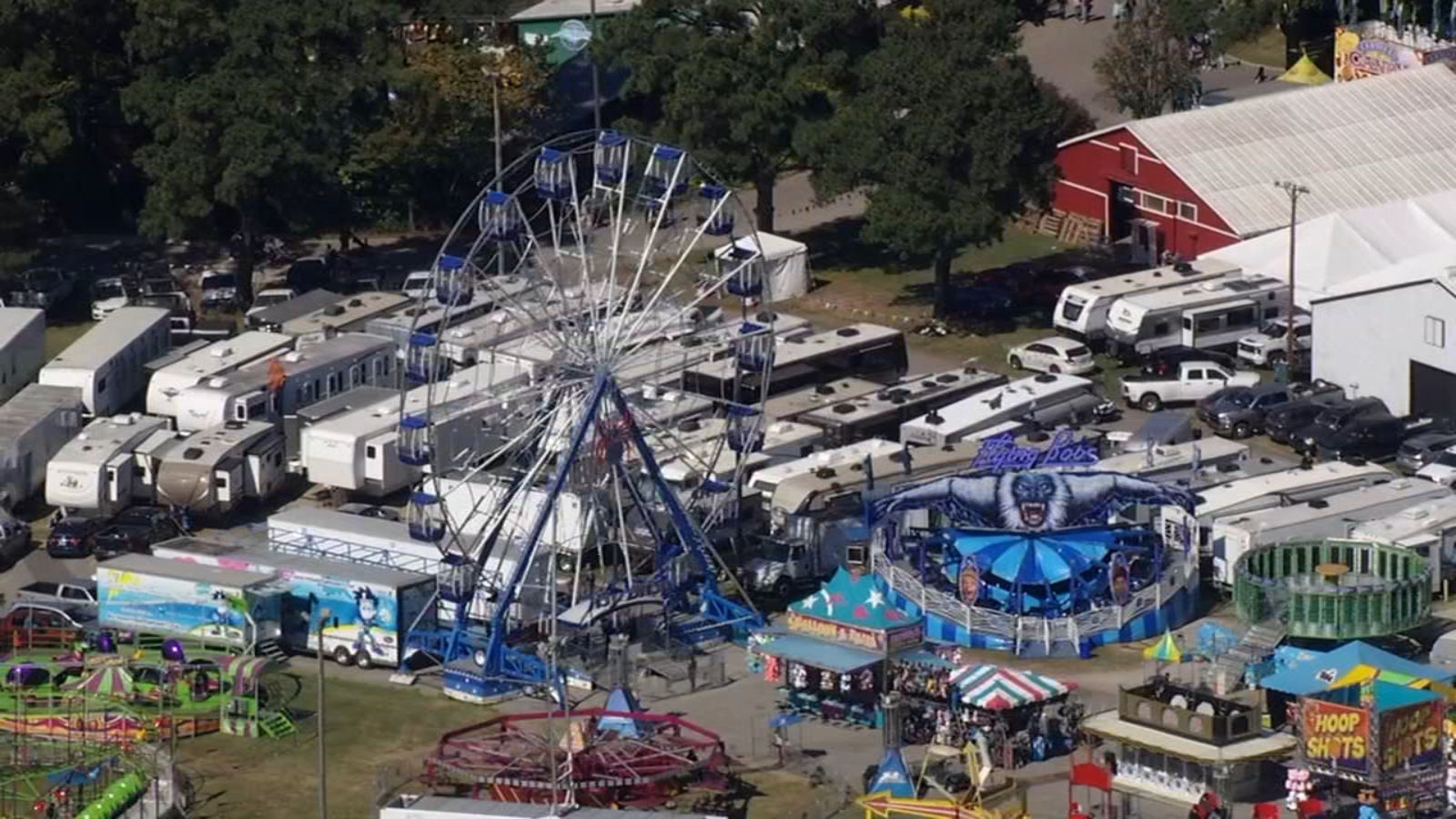
 North Carolina1 week ago
North Carolina1 week agoGuide to NC State Fair 2025: Tickets, transportation, parking, new rides and special event days
-
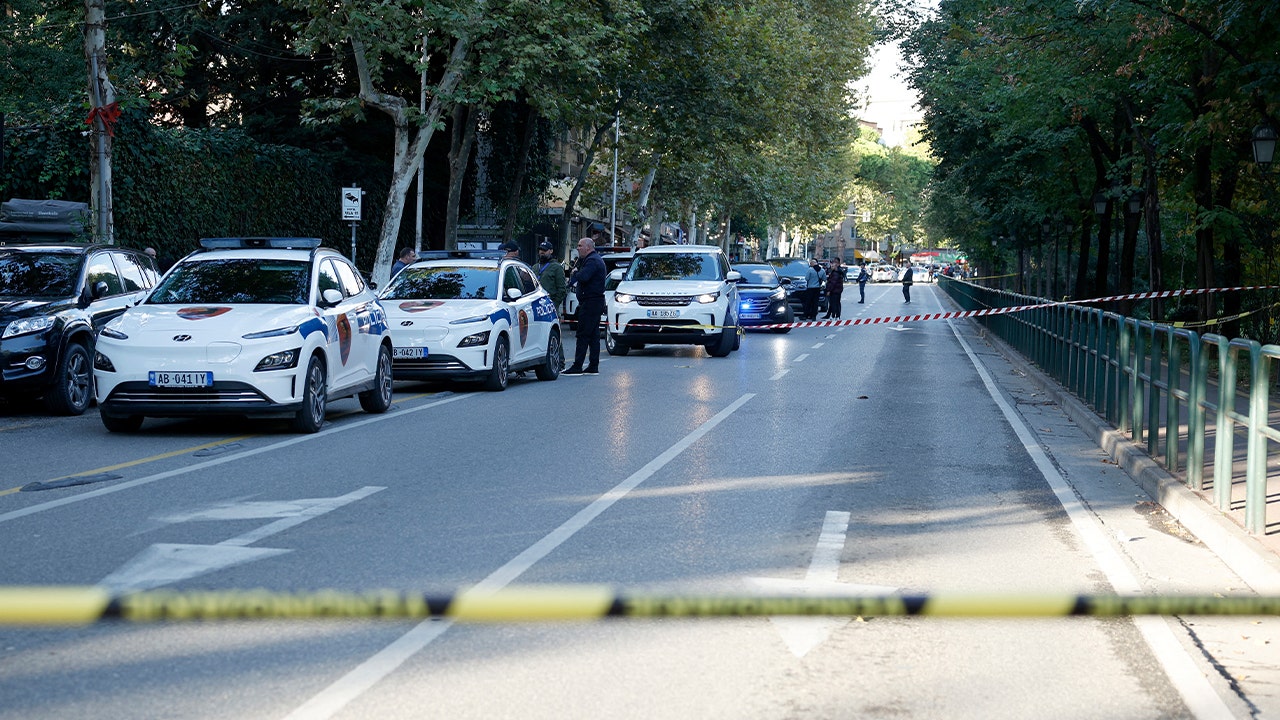
 World1 week ago
World1 week agoAlbanian judge killed in courtroom shooting amid growing anger over justice system reforms
-

 World5 days ago
World5 days agoWhat are NATO’s national caveats and why do they hinder fast response?
-

 News5 days ago
News5 days agoTrump Halts Billions in Grants for Democratic Districts During Shutdown
-

 World6 days ago
World6 days agoEuropean Commission delays decision on asylum seeker quotas





